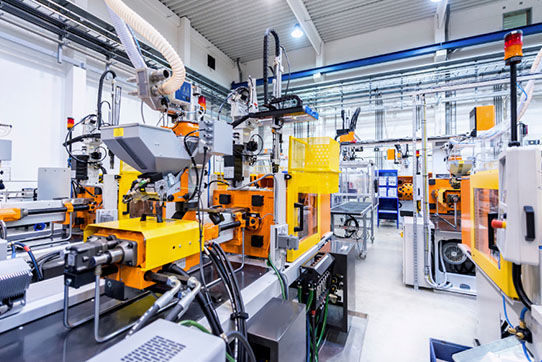Programmable Logic Controllers (PLCs) are a staple of the industrial automation world and play a big role in the factory floor. While the overall gain in productivity by using PLCs is huge, safety should be a huge concern when working with PLCs. In this blog post we look at safety in PLC programming and how you can ensure a safe and reliable machine.
As we all know, industrial automation has become increasingly important due to the continuing development of our day-to-day technologies. Do you ever think how the automation is going to respond in the event of a mishap that may result in an explosion or fatal accident? Can you imagine the outcome if such an error should occur? Industrial automation has completely revolutionized the world of manufacturing. First and foremost, processes have become more efficient and reliable and seen the transformation from skilled craftsmanship to mechanization and automation, ultimately creating “The Industrial Revolution”. The naked truth is that we simply don’t know the exact moment when faith and technology will all of a sudden affect human life. We talk about trust when we work with anything automated. Can we trust it all the way? Will it be compromised for whatever reason? The technology that places these processors and the program that operates the Process Control System is a microprocessor, known as a PLC (programmable logical controller), which is operating with a software program running a Process Control System.
Redundancy: This is a case where you use multiple PLCs for the same job. In case one fails, another takes over and keeps the process running without interruption.
Emergency Stop Systems: In case of an emergency, install emergency stop buttons, which will stop the plant equipment immediately. They should be in a place accessible to operators.
Error Handling: Write the PLC programs in such a way that a proper error handling is done. This includes clear error messages to the O and automatic fault recovery routines.
Regular Maintenance: Fix regular monitoring and maintenance intervals to check for any hardware wear and tear. Replace the parts as and when required to avoid any sudden failure.
Cyber security: Protect the PLC systems from any sort of cyber attack by implementing firewalls, keeping the software’s updated and using the proper controlled access system. Keep yourself updated with the latest cyber security standards being followed globally.
Training and Documentation: Proper train the operators and maintenance personals on PLC systems its Operation, Safety procedures and trouble shooting. Keep records and documentation up-to-date for future reference.
Adhering to a variety of safety standards and regulations, that are in place, is necessary when in industrial automation. By doing this, you are following suit with the safety guidelines necessary to be compliant and to secure the environment you are working in..
It is very important that safety should be taken into account while Programming PLCs in industrial automation. The following stops have to be taken to ensure Safety while Operating the equipment: if safety measures are not taken, serious accidents could take place and huge equipment could be damaged. Any number of financial losses can occur because of these two reasons. It is very essential to identify and implement safety measures while working on actual equipment. All the times, you need to adhere to the industry standards to release safety program without any hindrance to production environment. Safety Program and normal program of any systems should be separate and should not get mixed with normal routines in any cases.
